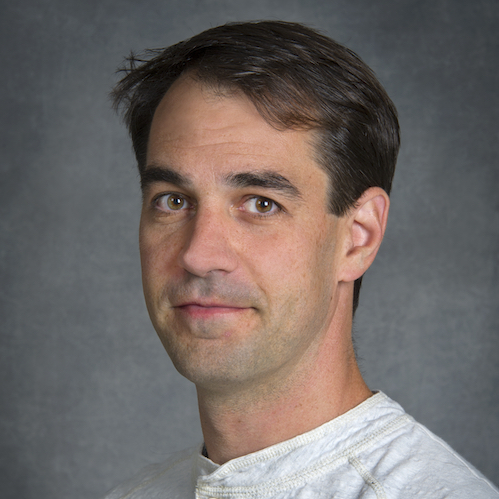Gregory L. Hura
Science Deputy, MBIB Division
Biophysicist Staff Scientist

Building: Advanced Light Source Building , Room 2136
Phone: (510) 486-5378
Fax: 510-486-5298
GLHura@lbl.gov
Research Interests
Mechanisms of biological macromolecules inspire nanoscale engineering strategies and provide insights into disease.
The speed of genomic sequencing has rapidly increased; opening up 3 billion years of evolutionary engineering, new disease treatment opportunities and providing a perspective on the complex networks involved in most biological processes. Enabled by high throughput approaches, rather than focusing on a single system or pathway I study multiple pathways and processes. I work with the view that in cellular networks there are only a few degrees of separation between the actions of any two molecules. Of particular interest are hub proteins which, through multiple interactions or adopting specific conformations, signal alternate cellular outcomes. By developing an intuition in diverse bio-macromolecular systems I also work on engineering macromolecules for new functions.
Building intuition on the large networks and multi-level feedback loops in cellular systems requires many measurements which current capabilities cannot deliver.
An understanding of mechanism has fallen behind the rate at which new molecules of interest are being identified. I utilize and develop high throughput solution based techniques to characterize the conformations biomolecules adopt in the many contexts they encounter. A primary technique has been small angle X-ray scattering or SAXS. X-rays provide access to high resolution. New light sources provide exponentially increasing power. The two aspects combined provide insights into conformations of a macromolecule in high throughput. I also develop approaches to combine crystallographic results with SAXS. Crystallography is low throughput but provides un-paralleled resolution. SAXS provides access to conformational changes in high throughput.
Publications
Related News
SIBYLS Team Recognized with Innovative Instrumentation Award
The Structurally Integrated BiologY for the Life Sciences (SIBYLS) team received the 2025 Klaus Halbach Award for Innovative Instrumentation at the 2025 Advanced Light Source (ALS) User Meeting in August.
Time-Resolved SAXS Screen of Small-molecule Drug Candidates
A team of researchers developed a high-throughput drug-discovery workflow leveraging time-resolved small-angle X-ray scattering (SAXS) capabilities at the Advanced Light Source’s (ALS) Structurally Integrated Biology for the Life Sciences (SIBYLS) beamline to identify small molecules capable of activating biomolecular dynamics associated with a desired therapeutic outcome.
University of Duisburg-Essen Delegation Explores Collaborative Opportunities with Lawrence Berkeley National Laboratory
Building on a Memorandum of Understanding signed between UDE and Berkeley Lab researchers, a kick-off meeting focused on future collaborations in the fields of genomics, structural biology, bioimaging, and water research.



